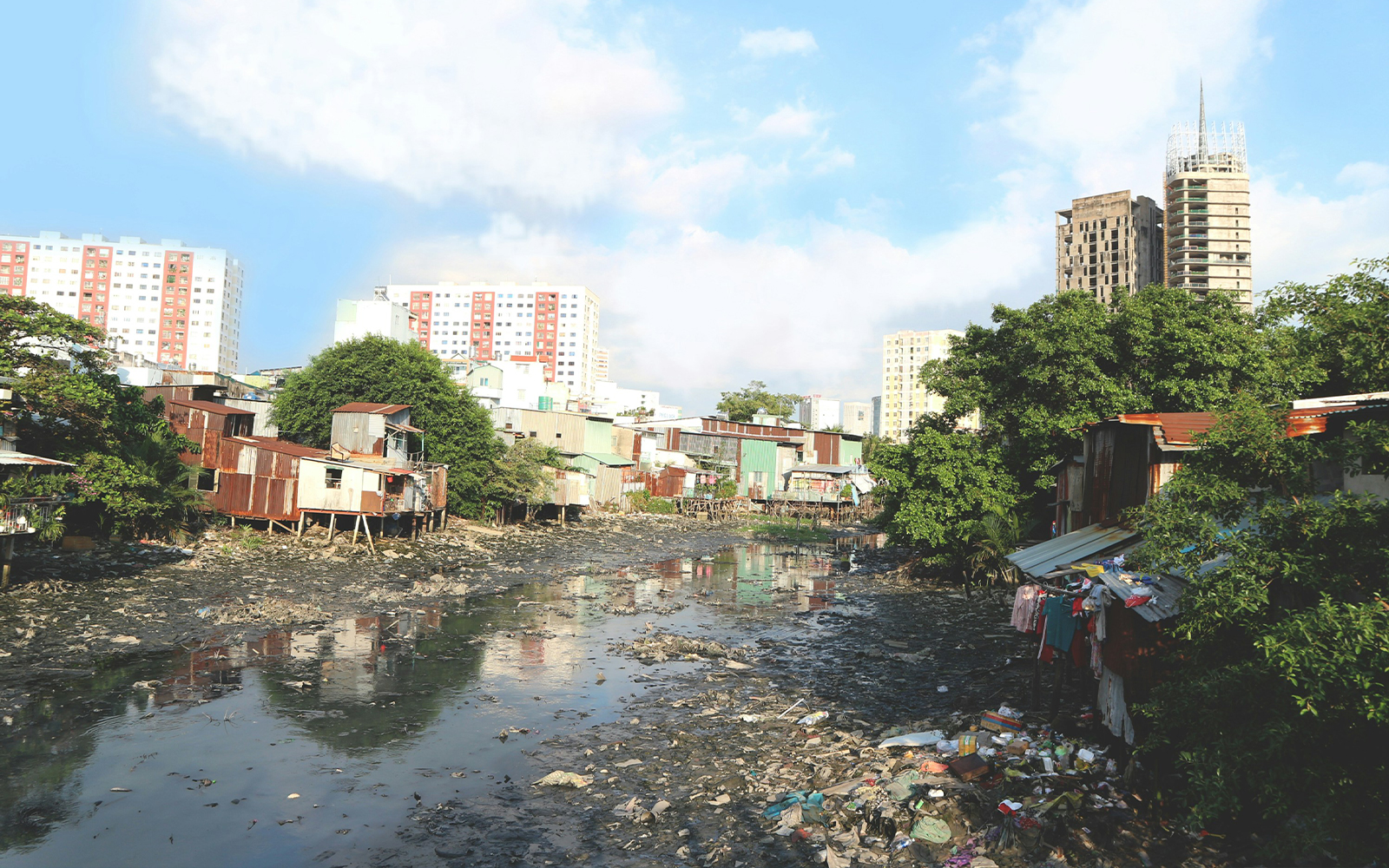
Microplastics in Water: Implications and Solutions
Every day, more and more plastic is ending up in our oceans, rivers, and landfills, damaging our planet and its inhabitants. Microplastics are tiny plastic particles that measure less than 5 millimeters in length. They are found in many different sources, including personal care products, clothing, and plastic packaging. While they are a major concern for human health, microplastics also have a significant impact on the environment.
Studies have shown that they can harm marine organisms by blocking their digestive tracts, decreasing their ability to feed, and impairing their reproductive systems. Ingestion of microplastics has also been linked to toxicity and the accumulation of harmful chemicals in the bodies of marine animals, which can ultimately lead to human exposure through the consumption of contaminated seafood.
The situation in the United States is equally worrisome. An environmental non-profit, the Environmental Working Group, discovered that sewage sludge, which often contains per- and polyfluoroalkyl substances (PFAS), commonly found in plastic products, has contaminated almost 20 million acres of cropland. PFAS, also known as „forever chemicals,“ are hazardous and do not break down under normal environmental conditions.
Moreover, microplastics can enter the human body through drinking water, air, and food. While the long-term health effects of microplastic ingestion are still being researched, studies have shown that microplastics can cause inflammation and oxidative stress in human cells, potentially leading to diseases such as cancer and cardiovascular disease.
As a society, we need to take action now to combat plastic pollution. Governments must ensure proper waste disposal methods, and the use of alternatives to plastic products must be promoted. It is also necessary to invest in research and technology to prevent the accumulation of microplastics in our soils and waters. Only by working together, can we hope to reduce plastic pollution and safeguard our food from contamination.
So, what can be done?
The issue of microplastics in water is a complex and urgent problem that requires action from all sectors of society. By reducing our use of single-use plastics, improving waste management, and investing in research, we can work towards a cleaner and safer environment for ourselves and for future generations.
We, at Klar2O, strongly believe that everyone should have access to clean and safe drinking water. Let’s join forces to make a positive impact and ensure that everyone has access to the clean water they need and deserve!
Klar2O – Microplastic-free water
Klar2O GmbH
Werner-von-Siemens-Str.2-6
76646 Bruchsal
Baden-Württemberg, Germany
T. 49 176 92 67 888 6
Klar2O GmbH ©
Klar2O GmbH
Werner-von-Siemens-Str.2-6
76646 Bruchsal
Baden-Württemberg
Germany
+49 176 92 67 888 6
Klar2O GmbH ©
Klar2O
Safe water
for safe life